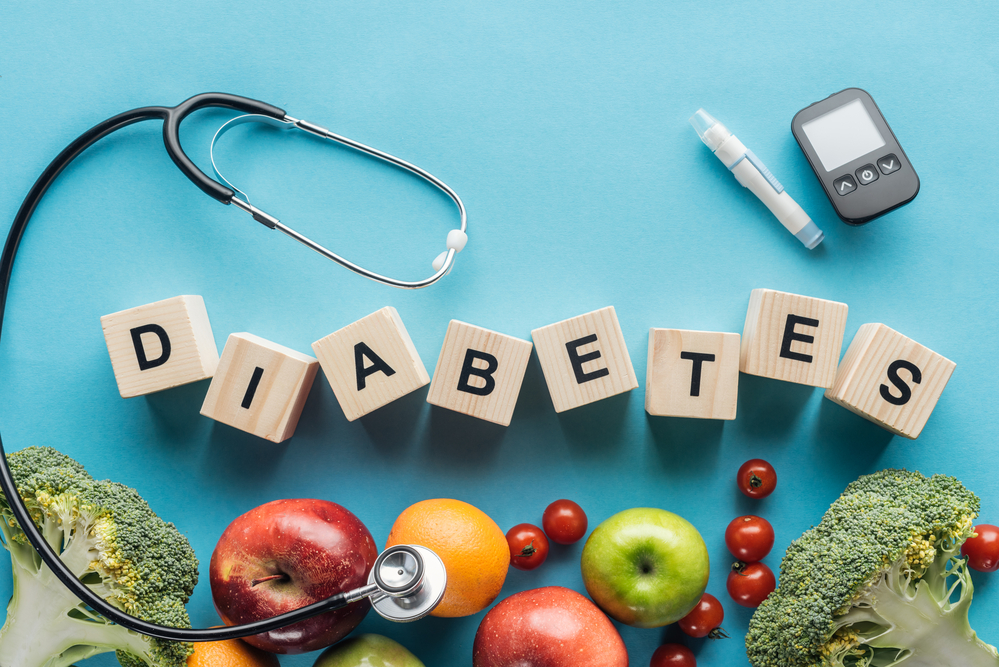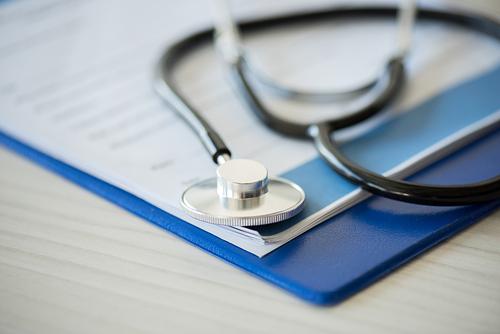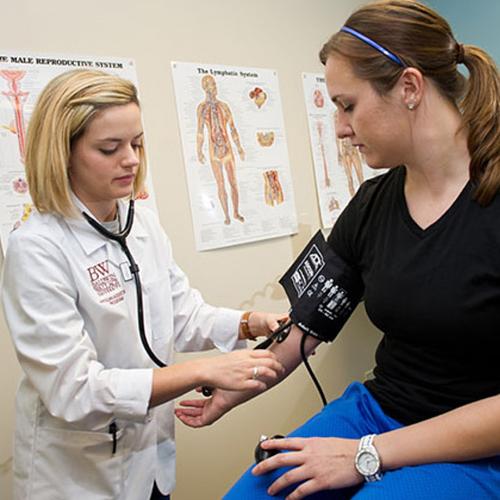Whats in a Number The Use of Continuous Glucose Monitoring for Patients with Diabetes
In the 1980s, Steve Jobs sold his first Macintosh computer, the first cellphone came to market,
and patients with diabetes dosed their insulin based on at home glucosuria strips. Finally, during this
decade of technological advances, the primitive version of the glucometer was developed and allowed
patients to check their blood sugar at home. Insulin could now be dosed based on real-time numbers.
What could be better?
Diabetes management was changed forever when the first Continuous Glucose Monitor (CGM)
was made available to patients, almost 20 years later, in 2004. The most current and advanced version
of the CGM has a filament sensor approximately the size of an eyelash that sits right under the skin and
measures glucose in the interstitial fluid. The sensor attaches to a small transmitter with Bluetooth
connectivity. The transmitter then sends a glucose reading approximately every five minutes to the
receiver. Some of the most advanced CGMs can use a smartphone as the receiver. The unique
manufacturer’s software then takes this data to provide endless information, including real time glucose
trends, as well as extrapolated trends and the ability to compare them at different points it time to
assess changes in activity or medication and their effect on blood glucose. The single, greatest piece of
information that CGM provides, however, is called Time in Range (TIR) and it may very well replace A1C
in the outpatient management of diabetes. TIR provides insight into glycemic variability, risk of
hypoglycemia, and daily patterns of glycemia. Early studies also show that TIR in an important indicator
hypoglycemia, and daily patterns of glycemia. Early studies also show that TIR in an important indicator
for microvascular complications.
Now all this technology sounds great, but as Advanced Practice Providers we are all very familiar
with the term “noncompliance.” I cannot speak for adult patients, but I can tell you that parents of
young children with Type 1 Diabetes ask me about obtaining a CGM within three to four days of
diagnosis. In these few days, they basically have a newborn again. They are waking up every 3 hours to
check blood sugar, they are making their (starving, ALWAYS starving) children wait to eat a meal so that
their blood sugar can be checked. This little device adds back some sense of normalcy after their new,
life changing diagnosis. It gives patients and families the ability to have a deeper understanding of their
diagnosis and the confidence to engage in shared decision making. More importantly, though, it allows
us to optimize and personalize our patients’ care on a level that we have never been able to before, to
truly change our patients’ quality of life.
So what’s in a number? Well, if we’re talking about a glucose reading or TIR from a CGM, that
number contains insights that are changing the future of diabetes management.
Sources:
Clarke SF, Foster JR. A history of blood glucose meters and their role in self-monitoring of diabetes
mellitus. Br J Biomed Sci 2012;69:83–93
Beck RW, Bergenstal RM, Riddlesworth TD, Kollman C, Li Z, Brown AS, & Close KL. Validation of time in
range as an outcome measure for diabetes clinical trials. Diabetes Care Mar 2019;42(3);400-405
About the Author:
Sara Raymond MSN, CPNP
Sara Raymond has been an APPAA contributor since 2020. Sara received her family nurse practitioner degree from Columbia University.











